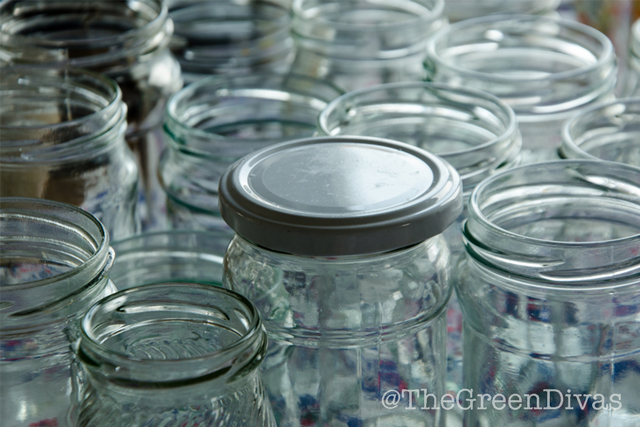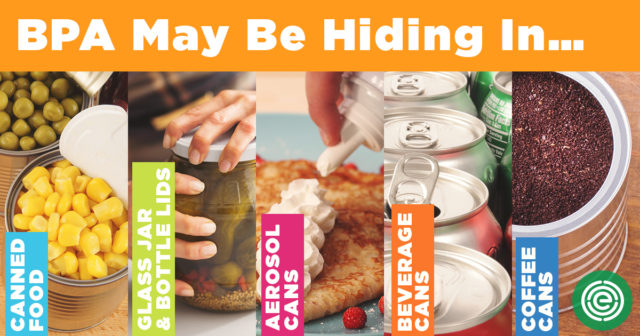
BPA found in 93% of people tested
You may be a green diva or green dude and you’re trying to stay healthy in this crazy toxic world. You minimize exposure to BPA (bisphenol A) plastics by using only BPA-free plastic containers, not buying canned goods and barely handling printed register receipts (if you have to have it). BPA is just ONE of many chemicals that are found abundantly in our every day world, but at least we can get a handle on this one known toxin, right?
Environmental Working Group (EWG) recently released a BPA Bombshell report with some surprising findings on BPA in food packaging. Yikes. Green Diva Meg had a chance to speak with Samara Geller, EWG Database and Research Analyst who wrote the report, on The Green Divas Radio Show to talk about what they learned about BPA in food packaging and how they are helping us by adding information about it to their Food Scores app.
EWG researched over 16,000 processed foods and the packaging to determine levels of BPA and created the first searchable database to help us reduce our intake of this known toxin.
Here’s an excerpt from the report by Samara Geller and Bill Walker…

BPA acts like estrogen in the body and should be kept away from pregnant women and children in critical windows of development, according to researchers who have linked it to cancer, infertility, brain, nervous system and cardiovascular abnormalities, diabetes, obesity and other serious disorders. BPA contamination is widespread in processed foods and drinks because the chemical is a key component of the epoxy used as an anti-corrosive coating inside most of the 126 billion food cans manufactured in the U.S. each year.
[bctt tweet=”Did you know BPA was found in 93% of people who were tested for it?!? @EWG is on it. Find out more on @TheGreenDivas” via=”no”]
Most concern about BPA in food packaging has focused on canned food, especially soup, vegetables and fruit. EWG’s 2015 market survey found that some companies had switched to BPA-free cans under pressure from retailers and consumers, but most canned food sold in the U.S. still uses BPA-based linings.
The industry’s voluminous database shows in detail how BPA packaging spans almost every aisle in the store: It’s in the linings or lids of glass jars for baby food, pickles, jelly, salsa and other condiments; aerosol cans for whipped toppings and non-stick sprays; bottles and tins of cooking oil; aluminum beverage cans, coffee cans and even beer kegs.
And while you’re at it, listen to this GD Radio Show which features GD Meg’s interview with Ken Cook, EWG’s founder…
Please check out our YouTube channel to see our short, funny and useful 1 GD Minute videos with recipes and DIY tutorials. Here’s a recent one…
And if you want to learn more about the content of this video, please read the corresponding post!
[dynamic-sidebar id=’Custom Widget 2′]